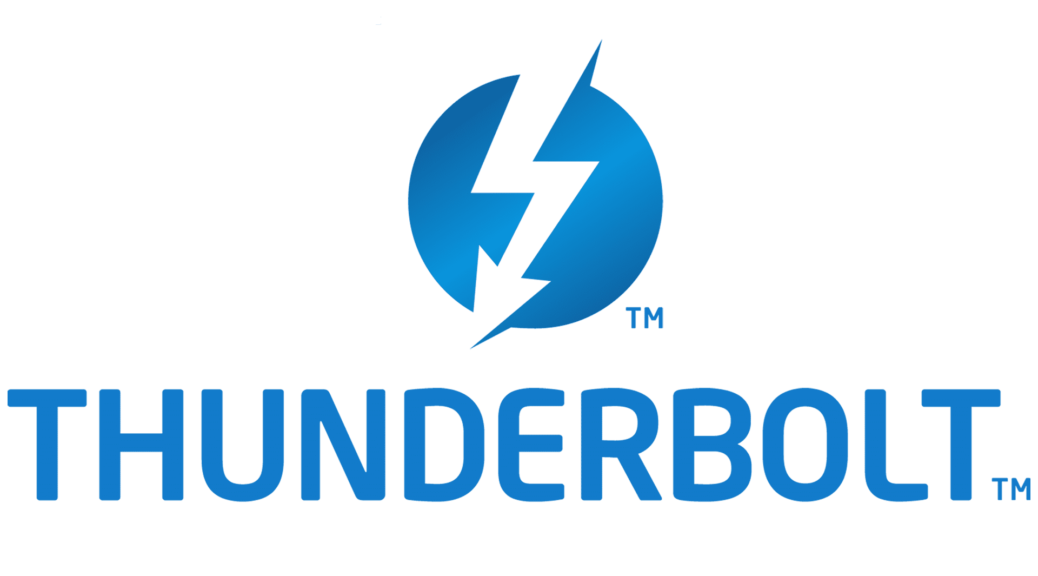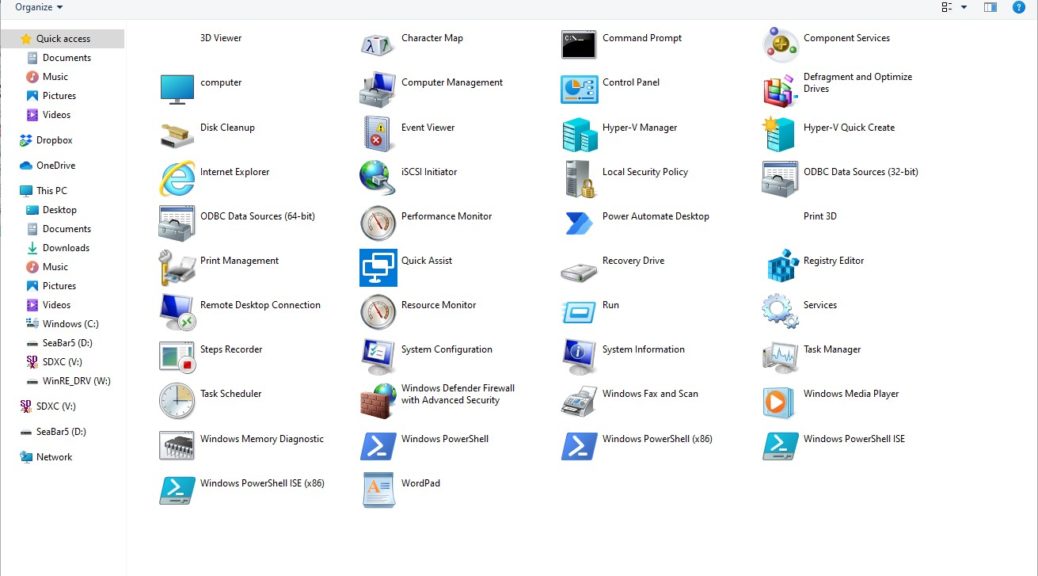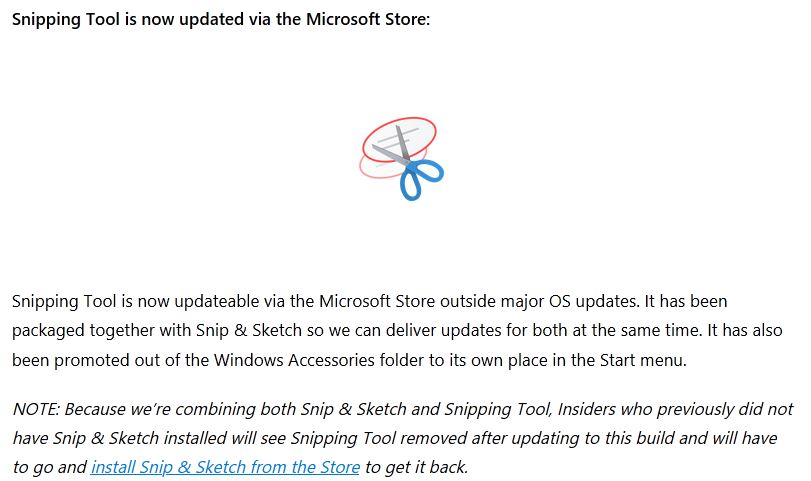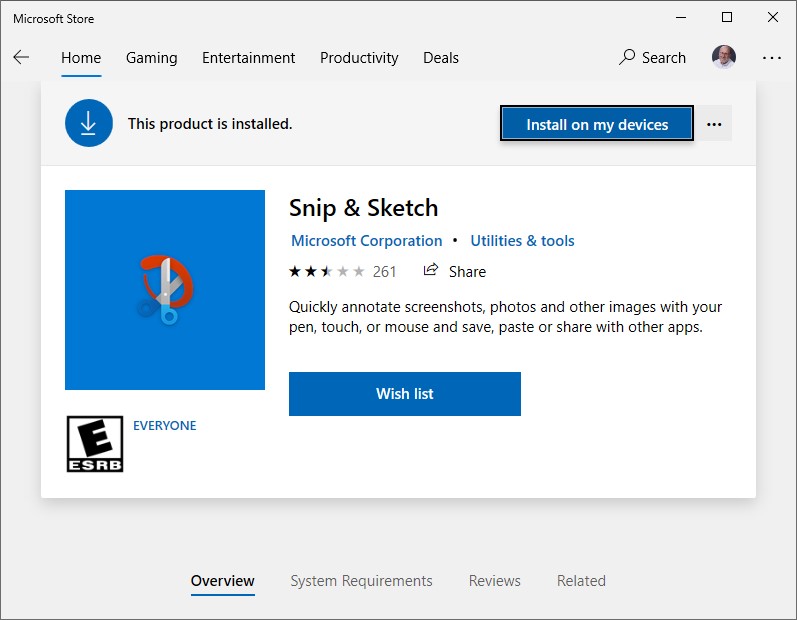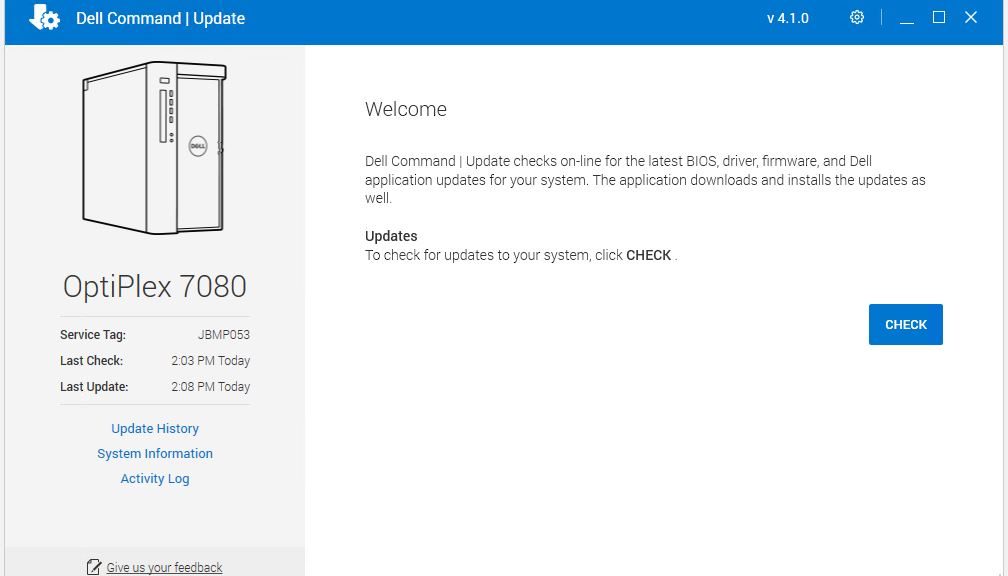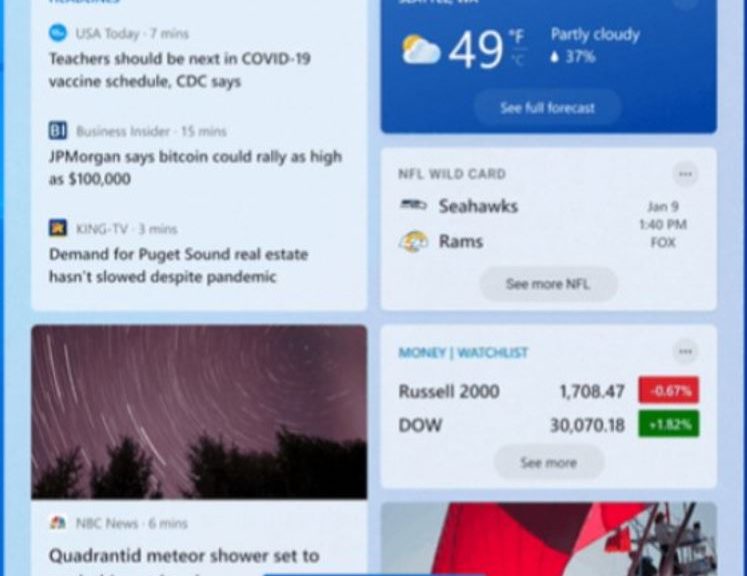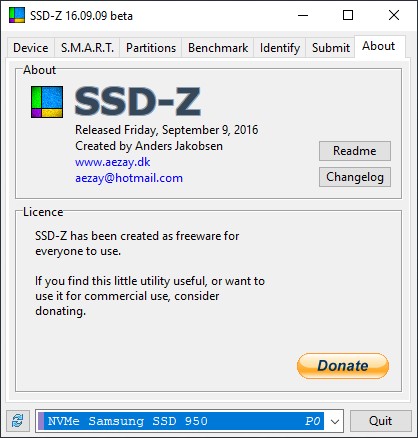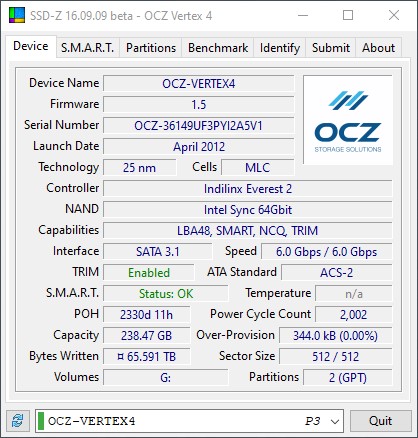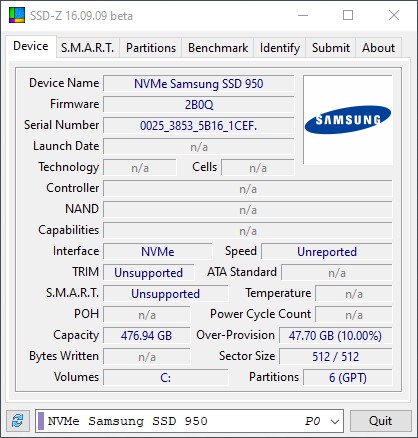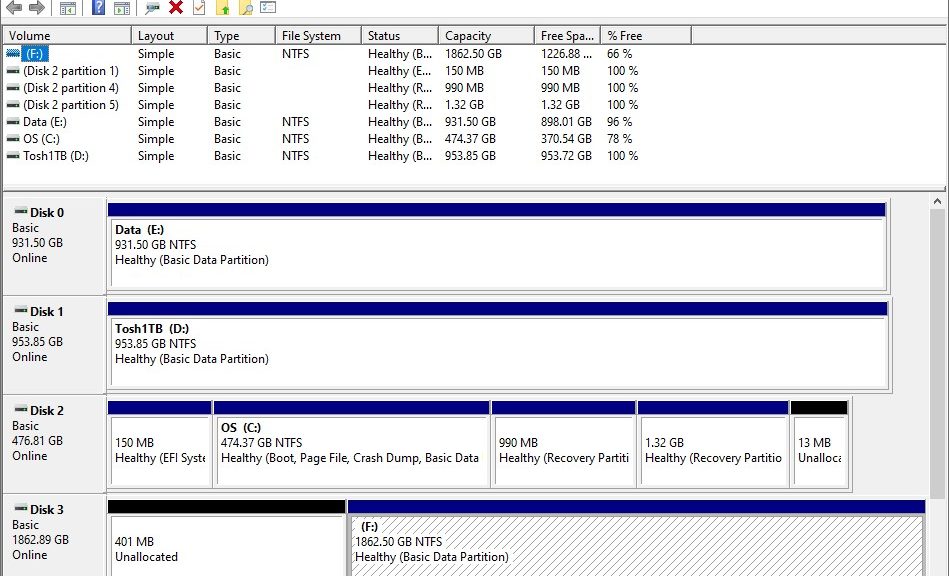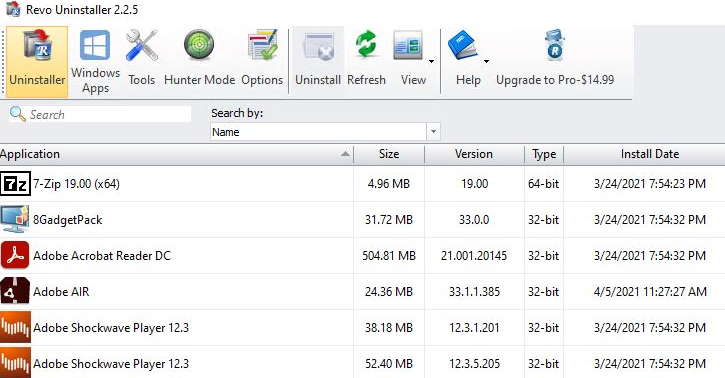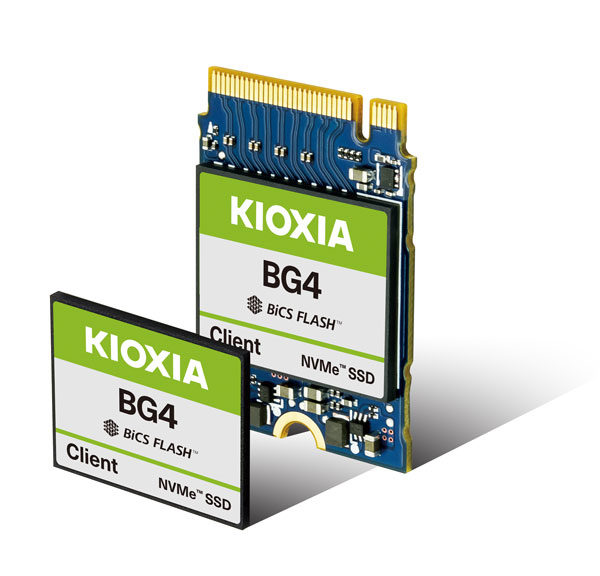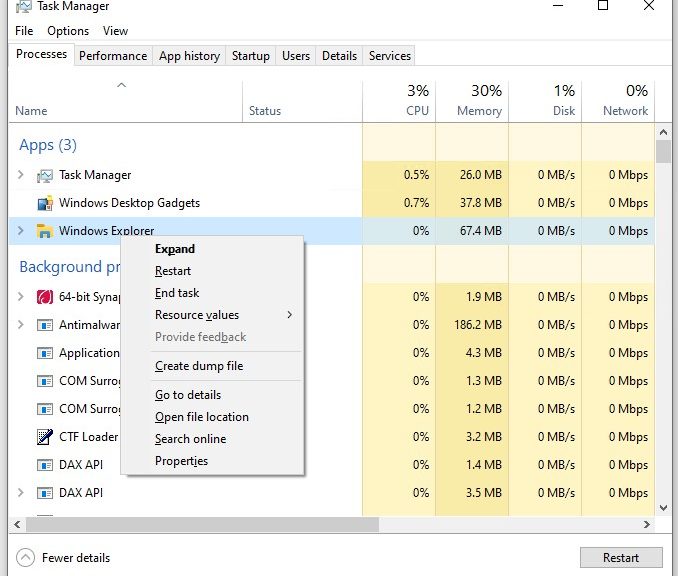OK, then: first things first. Thunderbolt is a joint technology effort from Intel and Apple. The first iteration appeared in 2011, and version 4 (aka Thunderbolt 4) is just showing up in the marketplace. Intel’s 11th gen processors and supporting motherboards are the first to provide native Thunderbolt 4. And of course, add-on PCIe cards for Thunderbolt 4 are also starting to trickle out (see this ASUS item, for example). Hence the assertion that heads this story: Thunderbolt 4 is getting underway.
I’ve had recent experience to show me that the speed advantages it can confer are measurable and tangible. At the same time, I’ve learned that the right cables can — and do — make huge differences.
What Thunderbolt 4 Is Getting Underway Really Means
The following table sums up the differences among Thunderbolt 3 and 4, and USB 3 and 4 versions. Basically, it offers more and faster capabilities, but is limited to special, certified cables no more than 2M in length. It can also handle either 2 4K displays or 1 8K display, and works with the latest PCIe 32Gbps lanes. It is, in fact, a pretty strong argument for all-around hardware upgrades (mobo and ports, cables, and peripherals) all by itself. Check the table for details, please.
| . | Thunderbolt 4 | Thunderbolt 3 | USB4 | USB 3/DP |
|---|---|---|---|---|
| 1 universal port | ✓ | ✓ | ||
| 40Gb/s cables up to 2 meters | ✓ | |||
| Accessories with up to 4 TB ports | ✓ | |||
| Min PC speed requirement | 40Gb/s | 40Gb/s | 20Gb/s (40Gb/s is optional) |
10Gb/s |
| MinPC video requirement | 2 x 4K displays or 1. x 8K display |
1 x 4K display | 1` display (no min resolution) | 1 display (no min resolution) |
| Min PC data requirements | PCIe 32Gb/s USB.3.2 10Gb/s |
PCIe 16Gb/s USB 3.2 10Gb/s |
USB.3.2 10Gb/s | USB 3.2 5Gb/s |
| PC charging port required | At least one | |||
| PC wake from sleep w/TB dock connected | Required | |||
| MinPC port power for accessories | 15W | 15W | 7.5W | 4.5W |
| Thunderbolt networking | ✓ | ✓ | ||
| Mandatory certification for PCs and accessories | ✓ | ✓ | ||
| Intel VT-d based DMA protection required | ✓ | |||
| USB4 specification | Compliant | Compatible | Compliant | Compatible |
| Source: Table from 11/20/2020 Liliputing story about Thunderbolt and USB versions. | ||||
What I Plan To Do About Thunderbolt 4
I’ve got a new PC build in my relatively near future (as soon as finances allow). I’ll be making sure to pick motherboard and CPU with Thunderbolt 4 support. I’m looking around right now and while some cases do offer USB-C support, none of them have caught up to Thunderbolt 4 capability just yet. I may end up waiting for that to occur, and go ahead and recycle the trusty old Antec 902 case I recently reclaimed from my sister. This may take some further thought and research. Stay tuned!
